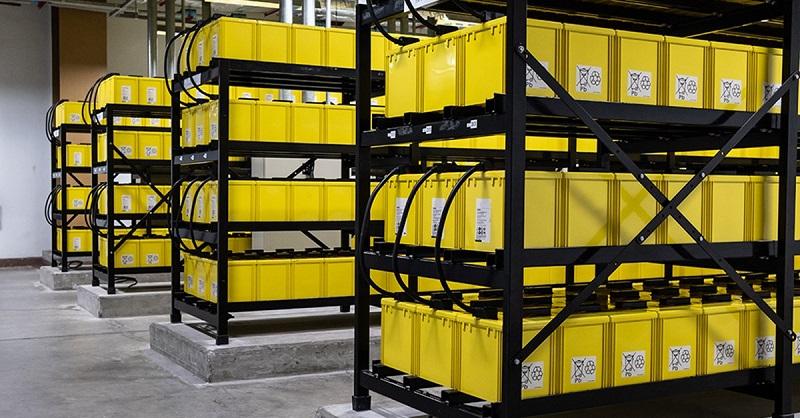The dynamic world of critical power infrastructure is constantly evolving, with several powerful patterns shaping the future of energy storage in data centers. A close analysis of the key Data Center Battery Market Trends reveals that the single most dominant and irreversible trend is the wholesale industry shift from Valve-Regulated Lead-Acid (VRLA) to Lithium-ion (Li-ion) battery chemistry. This transition is being driven by Li-ion's compelling advantages in almost every key metric: a longer operational life (10-15 years vs. 3-5 years), a much smaller physical footprint, lighter weight, and significantly lower maintenance requirements. While the upfront cost is higher, the superior total cost of ownership (TCO) over the life of the data center has made Li-ion the de facto standard for all new hyperscale builds and an increasingly popular choice for enterprise retrofits.
Another powerful trend is the increasing intelligence and integration of the battery system. The Battery Management System (BMS) is evolving from a simple monitoring tool into a sophisticated, AI-powered predictive analytics platform. The trend is towards using these advanced BMS to continuously monitor the state of health of individual cells, accurately predict their remaining useful life, and optimize charging and discharging cycles to maximize performance and longevity. This data is then being integrated with the data center's overarching Data Center Infrastructure Management (DCIM) software, providing operators with a holistic, real-time view of their entire power chain from the utility grid to the server rack.
Finally, a crucial emerging trend is the transformation of the data center battery from a stranded, emergency-only asset into an active participant in energy management strategies. This is often referred to as grid interactivity. The trend is for data centers to leverage their massive Li-ion battery capacity to participate in demand response and frequency regulation programs offered by utility companies. By discharging power back to the grid during peak demand periods, data centers can generate a new revenue stream, effectively turning a cost center into a profit center. This trend aligns the financial incentives of the data center with the broader goal of creating a more stable and sustainable electrical grid, representing a major new frontier for the role of the data center in the energy ecosystem.

